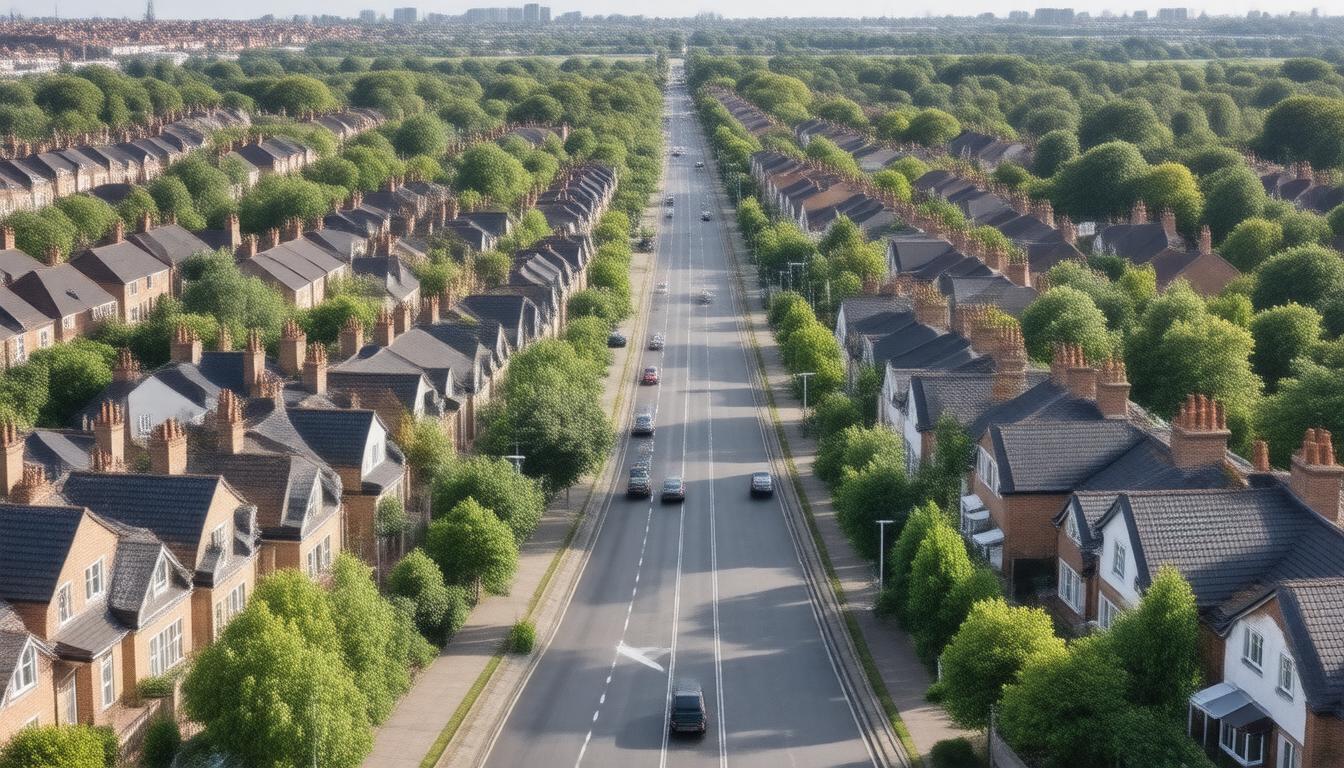The UK housing market is witnessing a significant resurgence, propelled by record house prices, decreased mortgage rates, and a surge in buyer confidence. Recent data reveal that the average house price has hit an unprecedented high of £299,138, with a notable month-on-month increase of
0.7% and a robust annual growth of 3%. There is a particularly marked activity in the northern housing markets, which are attracting considerable attention from prospective buyers. The recent decision by the Bank of England to cut the base rate to
4.5%—the lowest in 18 months—has further optimized the borrowing landscape, making mortgages more accessible and affordable for many. In addition, the outlook for household earnings suggests they will outpace inflation, enabling buyers, especially first-timers, to better navigate financial constraints. This shift comes at a critical time, as potential buyers aim to secure properties before the forthcoming stamp duty changes take effect on 1st April. Programmes aimed at enhancing first-time buyer support are also contributing to an increase in market activity. Investor confidence remains high, underpinned by positive price dynamics and favorable lending conditions. This article will explore these recent trends and examine the influences of economic changes on buyer confidence in the UK housing sector.
Key Takeaways
- UK house prices have reached a record high, with significant annual growth.
- Lower mortgage rates due to recent cuts in the Bank of England’s base rate are enhancing buyer affordability.
- Increased buyer confidence is prompting more first-time buyers to enter the market ahead of upcoming tax changes.
Current Trends in the UK Housing Market
The UK housing market has displayed a robust upward trend with house prices hitting an unprecedented average of £299,138, marking a month-on-month rise of
0.7% and an annual increase of 3% (UK Land Registry, 2024). This growth is especially pronounced in the northern regions, where demand continues to grow, supported by improved economic conditions. Recent changes by the Bank of England, notably the reduction of its base rate to
4.5%, have contributed to this positive momentum, as lower mortgage rates enhance affordability for potential buyers (BBC News, 2024). Furthermore, projections suggest that household earnings will exceed inflation rates, relieving financial strains and opening opportunities for more individuals, particularly first-time buyers, to navigate the housing landscape (The Guardian, 2024). Investors remain optimistic, bolstered by continuous price appreciation and increasingly favorable borrowing conditions. Realtors urge buyers to act swiftly, particularly with impending adjustments to stamp duty thresholds scheduled to take effect on 1st April 2025, which could further influence market dynamics.
Impact of Economic Changes on Buyer Confidence
The current trajectory of the UK housing market is heavily influenced by the economic landscape, which is steadily bolstering buyer confidence. Key indicators such as a reduction in the Bank of England’s base rate and the anticipated growth in household incomes are pivotal. Analysts suggest that the base rate cut, now at a historic low of
4.5%, not only makes borrowing cheaper but also stimulates consumer spending, creating a ripple effect in the housing sector (This is Money, 2024). Moreover, as projections indicate that average earnings will outstrip inflation, households are likely to experience an increase in disposable income. This will provide potential buyers, particularly those entering the market for the first time, with additional financial breathing room (Financial Times, 2024). With the changes to stamp duty thresholds on 1st April 2025 approaching, many are seizing the opportunity to purchase property before costs escalate, further fueling demand (Evening Standard, 2024). Overall, these factors collectively enhance buyer sentiment, setting a conducive atmosphere for continued growth within the UK property market.





